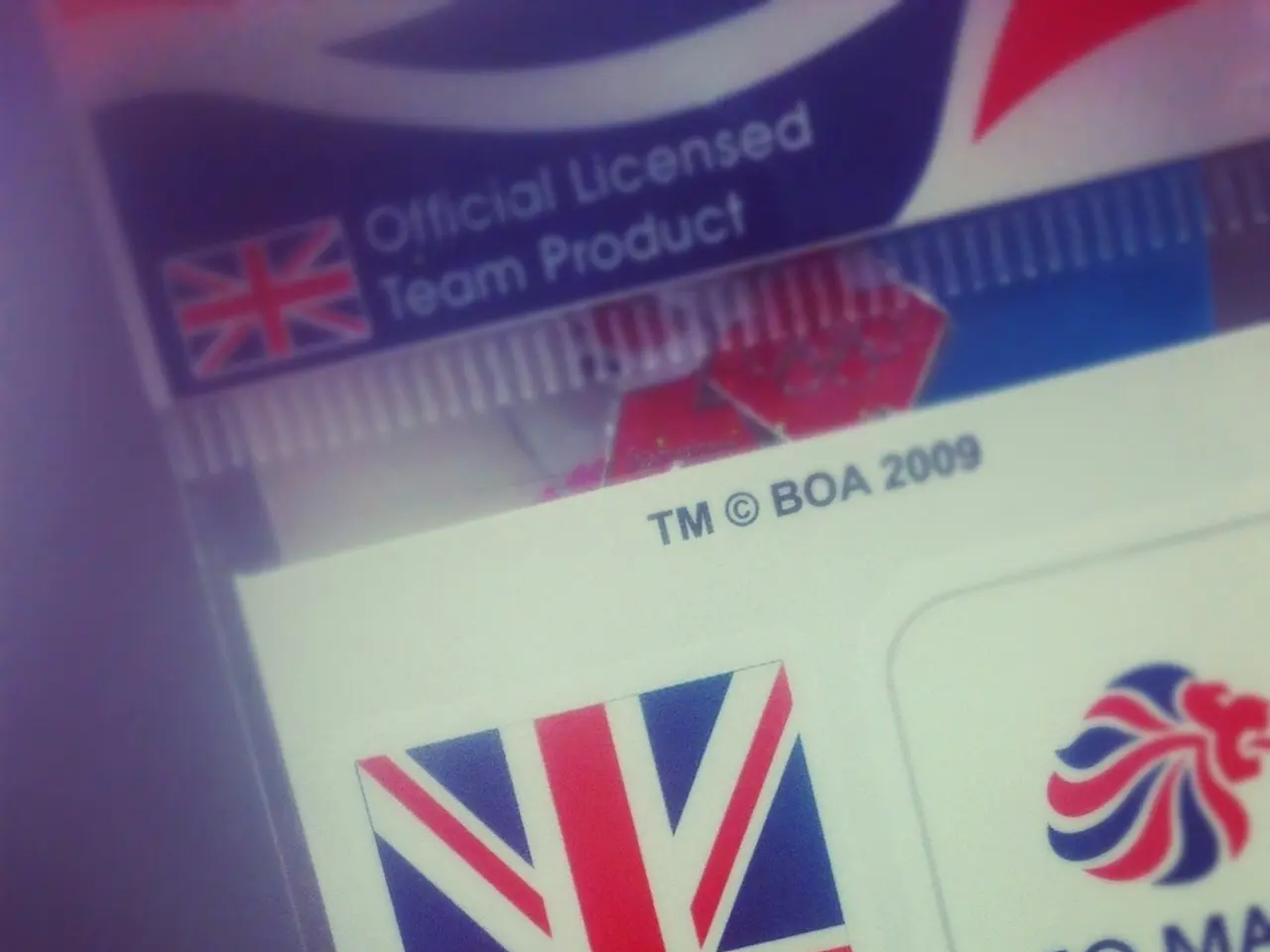Streamlining Production: The Role of Kitting in Enhancing Material Management
In the fast-paced world of manufacturing, efficiency and accuracy are key to success. One method that has gained traction in recent years is the use of kitting services. By consolidating all necessary components into one pre-assembled kit, kitting offers multiple benefits that enhance manufacturing efficiency, accuracy, and supply chain management.
One of the primary advantages of kitting is the reduction of errors. By separating tasks—kitting prepared by one team and assembly by another—errors and inaccuracies are minimized. This results in a smoother assembly process, reducing the chance of assembly mistakes on the production line.
Another significant advantage is increased assembly speed. Pre-assembled kits allow workers to pick up all needed parts at once, shortening the assembly time per unit and preventing line stoppages due to missing parts. This not only speeds up production but also increases productivity, as workers are able to complete more units in less time.
Kitting also streamlines the supply chain. By breaking down the assembly into two focused steps—component gathering and final assembly—it improves supply chain flow. This optimization of warehouse space (kitted parts take less space than individual items) and simplified inventory management make it easier to manage and track components, reducing the risk of material shortages.
Early detection of material shortages is another advantage of kitting. By identifying missing components before the assembly line is impacted, costly downtime can be avoided. Furthermore, kitting can lead to lower warehousing and shipping costs. By consolidating components into one kit, manufacturers can reduce shelf space use and optimize shipping, especially when combining bulky items with smaller accessories to minimize dimensional weight pricing fees.
Kitting also enhances worker efficiency. By enabling specialization and reducing the number of decisions assembly workers must make, they are able to focus on assembly rather than searching for parts. This boosts morale and increases productivity, as workers are able to complete their tasks more efficiently.
To maximize the benefits of kitting, some best practices are recommended. These include clearly defining kit contents, using dedicated kitting teams, integrating kitting into supply chain planning, leveraging technology and labeling, partnering with specialized providers, and monitoring and adjusting kits regularly.
In conclusion, kitting offers numerous advantages for manufacturers, including reducing errors, speeding up production, streamlining operations, and ultimately improving customer satisfaction while lowering operational costs. By implementing kitting services with these best practices, manufacturers can transform their production lines into more efficient, accurate, and intelligent workflows.
Global trade can benefit greatly from the implementation of kitting services in manufacturing industries, as they reduce errors and increase assembly speed, thereby improving productivity and supply chain management. Moreover, kitting can also lead to cost savings in finance, as it optimizes warehousing and shipping costs, reducing dimensional weight pricing fees and material shortages.




